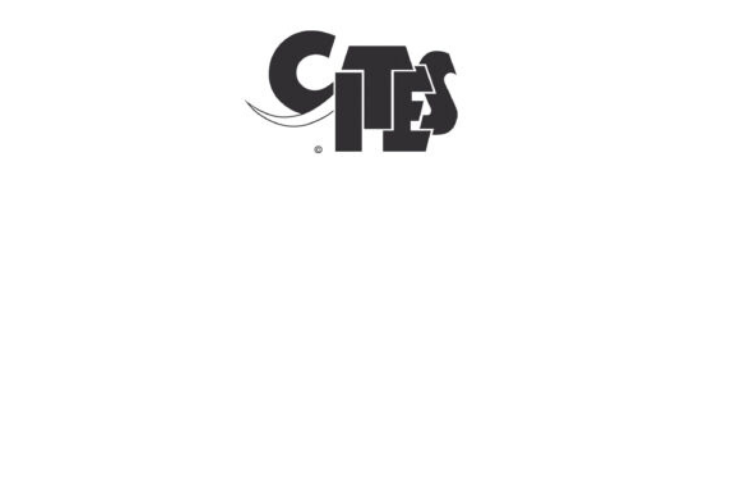C stands for:
Caviar Osciètre (Ossetra Caviar)

Acipenser Gueldenstaedtii is a medium-sized sturgeon, measuring 1.5 to 2 meters. Weighing between 80 to 200kg. It has a short, massive head and, under a moderately pointed nose, a retractable proboscis with which it sucks up plants, small fish and crustaceans. It takes at least 9 years for the female to reach maturity. Less famous than the beluga. The sturgeon produces the most diverse roe.
It was a long time before breeders produced caviar from Ossetra. This is a more difficult fish to farm, requiring the know-how of biologists and professionals to work on its adaptation to fish farming. Farmed ossetra has gone from strength to strength since its beginnings in 2007. It is farmed mainly in Bulgaria and Italy, but many other farms breed it (Israel, China, Uruguay…) to contribute to the production of ossetra caviar.
Ossetra caviar grains are large, regular and amber in color. Visually, the perfectly detached grains glow anthracite with a golden sheen. On the palate, they explode in a succession of tasty impressions. The creamy case releases multiple marine scents, lightly salted, nutty and long-lasting. In France, with Kaviari, the caviar boutique, it’s possible to buy Ossetra caviar directly from the workshop in Paris or online.
CITE Convention
The sturgeon has been protected since 1998 by the Convention on International Trade in Endangered Species of Wild Fauna and Flora (CITES). Its aim is to preserve wild biodiversity by acting against the commercial over-exploitation of species. Today, CITES totally controls the caviar trade through quotas.
The countries of the Caspian Sea (Iran, Russia, Kazakhstan, Turkmenistan and Azerbaijan) have agreed to ban wild sturgeon fishing in the Caspian. This agreement, which has been in place since 2008, is renewed from year to year, meaning that none of these countries can export caviar from wild fisheries.

